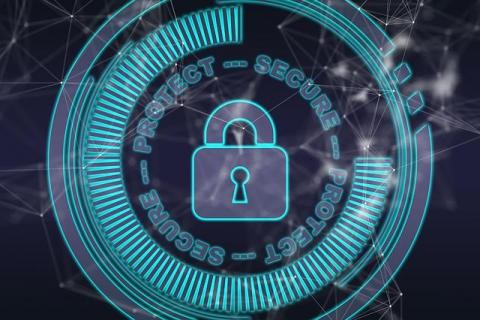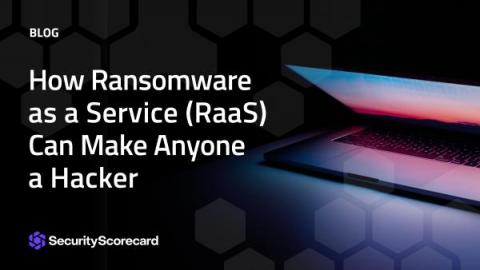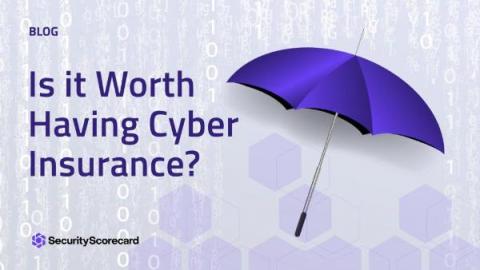Tofsee Botnet: Proxying and Mining
In January 2023, PrivateLoader, a malware loader from a pay-per-install malware distribution service called “ruzki”, started to distribute Tofsee (a.k.a. Gheg), a modular spambot. Spambots are typically utilized by cybercriminals to spread malware and phishing emails, and this particular one has been in operation since at least 2008.








